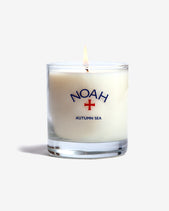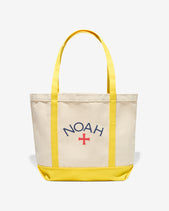
Regarded as one of the greatest scientific books of all time, Silent Spring, by Rachel Carson, addressed the adverse environmental effects of the indiscriminate use of pesticides, particularly DDT. It sparked an environmental movement in the United States that led to the establishment of the EPA, but more importantly, changed the way citizens viewed their role in safeguarding the natural world. The title refers to the prospect of springtime without birds, which Carson saw as a genuine threat if the chemical industry were allowed to continue to have its way. Rapid declines bird populations (including bald eagles and osprey) in the 60's might have led to their extinctions if Carson hadn't fought to have her voice heard.
Military funding for scientific research during World War II had led to products like DDT, which the public viewed without skepticism when it began to be used domestically. In efforts to combat pests like mosquitos and gypsy moths, government planes began spraying vast areas of private land. This lead to mass deaths of birds and other wildlife, but word was not getting out about this dark side of scientific progress. Luckily, Carson, who began writing poetically about the natural world during her time working for the Bureau of Fisheries, was recruited by the Audubon Society to look into the problem. After careful research that determined pesticides were actually biocides, and further established several of these chemicals as carcinogens, Silent Spring was published. Its serialization in The New Yorker was part of a savvy publicity strategy that successfully overcame the chemical industry's attempts to suppress the book and engage in a misinformation campaign against Carson.


It takes this kind of individual bravery and determination to reverse institutional abuses. Luckily, Carson's words resonated with a generation of concerned people who sought to hold the business interests behind the spread of pesticides accountable, and to help promote more informed and aggressive governmental oversight. DDT was eventually outlawed, and at-risk bird populations rebounded. Crucially, however, Silent Spring was the catalyst for the spread of grassroots environmental organizations throughout America and the world.
















